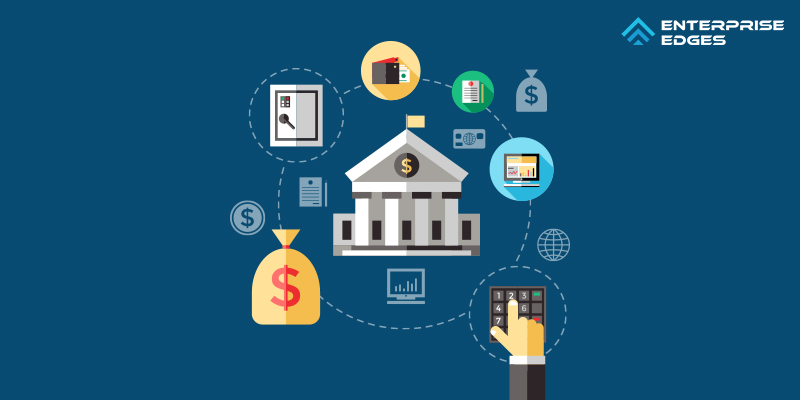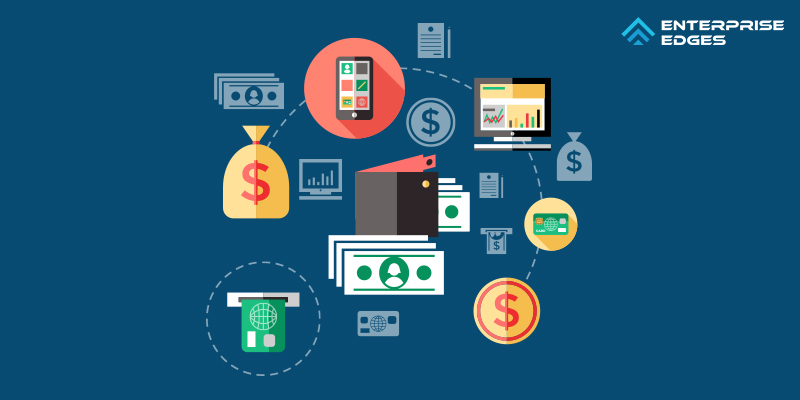What is Retail Banking?
Retail banking is a form of commercial banking. It aims to provide financial services to individuals and families rather than businesses or institutions.
Hence, it is also widely known as consumer banking. Retail banking in India offers facilities like a savings account, current account, credit card, debit card services as well as loans and mortgages.

In the past two decades, the retail banking industry trends have undergone a huge revolution. The current retail banking industry trends are trying to respond to the COVID-19 pandemic that has slowed down the businesses worldwide. This pandemic has also adversely affected the economies worldwide. They are making such efforts by improvising on the retail banking strategies and more personalized offerings. Retail banks can be both local community banks or a division of the larger commercial banks.
Working System of Retail Banks
The working system of retail banks is similar to that of the commercial banks. The funds of the depositor are used to sanction loans to other customers. The bank charges a high-interest rate on the loans that they offer to customers. And give a low-interest rate on the deposited funds. The bank earns revenues off of the difference between these two interest rates.
Features and Functions of Retail Banking

From what can be deduced by the above paragraph, we can say that retail banking has three main functions.
-
Accepting cash deposits
The bank is an apt place to store one’s savings. The retail bank provides an interest rate on the cash deposits to the customer.
-
Giving loans (lending credit)
A retail bank also offers credit to its clients in form of loans viz. term loans, personal loans, loans for vehicles, etc. The credit can be in the form of mortgages or in loans. The rate of interest on such loans is high. This creates liquidity in the economy and also creates job opportunities.
-
Other Services
The bank also provides services other than lending and cash deposits. Retail banking offers services and products like a savings account, current account, credit and debit cards, ATM services, insurance, mutual funds, Demat accounts, etc. and various other services.
So, when banks accept cash deposits, and offers, loans, the rates of interest are different. The rates of interest on cash deposits are lower as compared to the rates of interest they collect on loans given to their customers. The difference in these interest rates is where banks earn their profits from apart from the charges they collect from customers from offering various services.
Types of Retail Banks

Retail banking is sometimes also referred to as personal banking. The banks that provide these services are also known as people’s banks. There are mainly three types of retail banks.
-
Community Development Bank
This type of bank offers retail banking solutions to people of low or moderate levels of income.
-
Private Banks
Private banks provide services for people who have a high level of income, also known as high net-worth individuals.
-
Postal Savings Banks
These types of banks mostly offer money-saving services. These banks provide services in areas lacking access to proper banks. These banks are specially designed to serve the poor people or the people residing in rural areas. These banks are the safest option to save money for people falling under this category.
Advantages of Retail Banking

Retail banking has various advantages, some of which are listed below:
- Retail deposits constitute core deposits and are stable.
- Retail banking provides affordable credit which allows improved lifestyle and fulfilled aspirations of the people.
- Retail loans are considered to be low risk.
- They are interest-insensitive and the possibility of bargaining about the interest rate is ruled out.
- It helps in the economic revival of the nation by provides the services to the retail customers, which increases the production activity in the economy.
- Various services are offered at a single place, which makes it easier for the customer.
List of Retail Banks in India
Retail branch banking services are mostly provided by the public and private sector banks of India. The top 10 banks providing retail branch banking are listed below:
- State Bank of India
- ICICI Bank
- HDFC Bank
- Kotak Mahindra Bank
- IndusInd Bank
- Bank of Baroda
- Punjab National Bank
- Yes Bank
- Indian Bank
- Axis Bank
In Conclusion
Retail banking is a form of commercial banking. The retail banking strategy is to target retail customers rather than commercial clientele. It focuses on working with individuals and their families. Services provided by these banks such as credit card, debit card, transactions, loans, mortgages, savings account, etc. are to name a few. This variety of services cater to a large customer base and hence result in a hefty number of transactions every day.
The recent retail banking industry trends show that this kind of banking has revolutionized banking services. Different branches of these retail banks have spread out across the nation. Retail banking in India is improving day by day. The services are also getting digitalized which makes it easier and convenient for the customer.